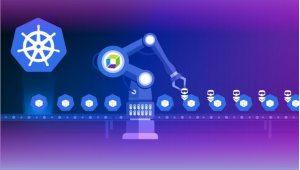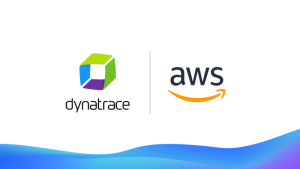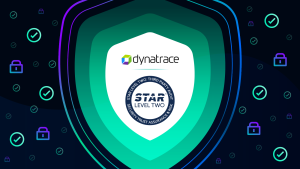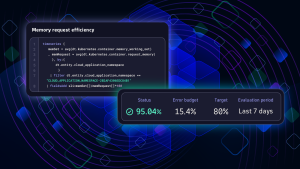
Dynatrace Blog
Modern cloud done right. Innovate faster and compete more effectively in the digital age.


How executives reveal breakthrough insights into customer experiences with Dynatrace to accelerate business growth
Level up your strategic IT management with fully cost-transparent, fine-grained Dynatrace Cost Allocation

Predictable costs for Log Management & Analytics with new simplified licensing plan

HTTP monitors on the latest Dynatrace platform extend insights into the health of your API endpoints and simplify test management

Five observability predictions for 2025

When things go sideways: Troubleshooting the OpenTelemetry Operator

New continuous compliance requirements drive the need to converge observability and security

Dynatrace KSPM: Transforming Kubernetes security and compliance

Automating AWS Well-Architected Framework validations with Dynatrace CloudFormation templates

New integrations announced at AWS re:Invent enhance cloud performance, security, and automation

Dynatrace SaaS release notes version 1.305

Navigate end-to-end data compliance through effective log management

The keys to selecting a platform for end-to-end observability

Dynatrace elevates data security with separated storage and unique encryption keys for each tenant

Dynatrace achieves CSA Star 2 certification

Level up your strategic IT management with fully cost-transparent, fine-grained Dynatrace Cost Allocation

AWS re:Invent 2024 guide: Cloud observability and AI transformation

Dynatrace ranked as top innovative company in Austria for 2025 by Statista and trend.

Dynatrace joins the Microsoft Intelligent Security Association

Microsoft Ignite 2024 guide: Cloud observability for AI transformation

5 considerations when deciding on an enterprise-wide observability strategy

Kubernetes service-level objectives: Optimize resource utilization of Kubernetes clusters with SLOs

OneAgent release notes version 1.303

Analyze query performance: The next level of database performance optimization

OpenPipeline: Simplify access to critical business data

